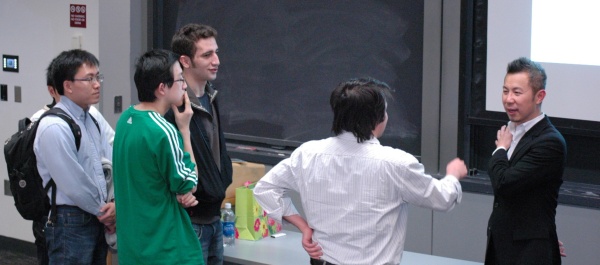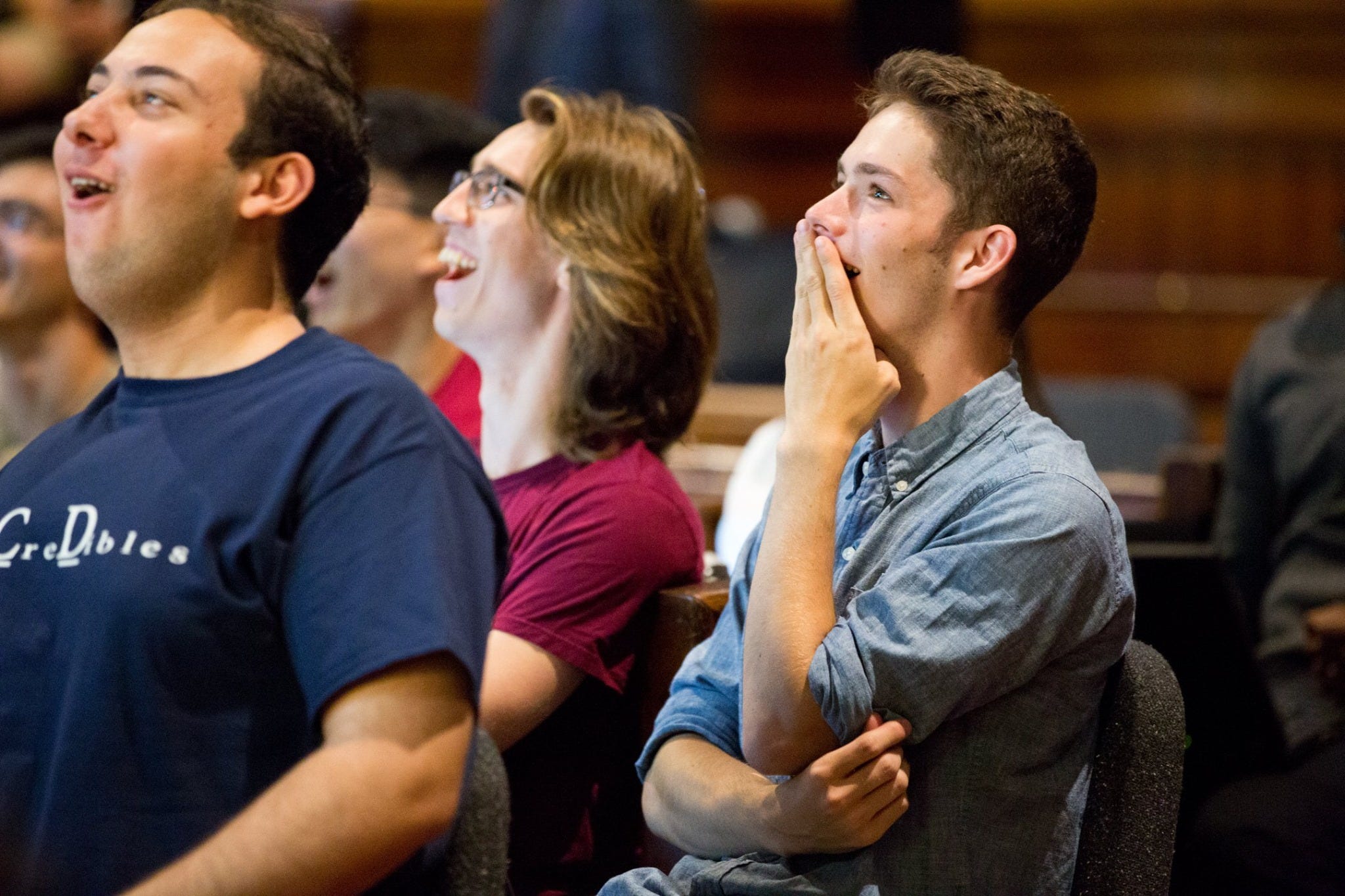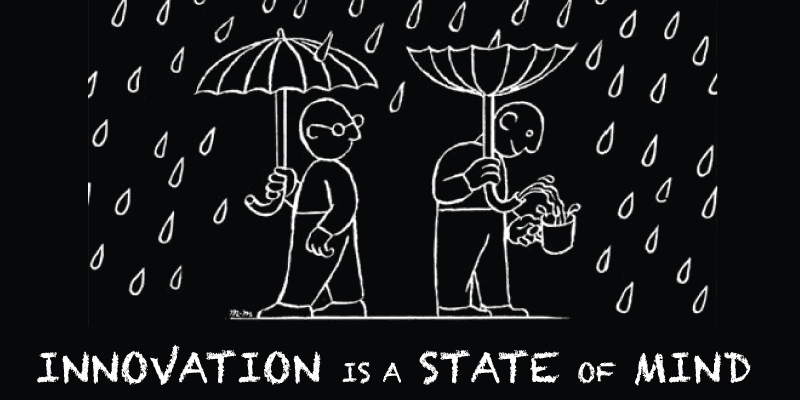WE HAVE ARRIVED!!
CHEERS! That time of year has  rolled around–the end of a semester. This close feels a little bittersweet. I believe it is because a distance cohort gets to know each other in unique and personal ways. With Zoom, we have seen where each other resides and what our spaces look like. We have met each other’s pets, seen spouses and children in the background, and casually conversed from the comforts of our favorite chair. At the same time, we ate a quick meal after work while in session and snickered together as we navigated unpredictable, real-time technology issues. We have openly shared concerns and struggles with assignments and things unrelated to the program. Most importantly, we all learned to SCREEN SHARE without incident. *high-five*
rolled around–the end of a semester. This close feels a little bittersweet. I believe it is because a distance cohort gets to know each other in unique and personal ways. With Zoom, we have seen where each other resides and what our spaces look like. We have met each other’s pets, seen spouses and children in the background, and casually conversed from the comforts of our favorite chair. At the same time, we ate a quick meal after work while in session and snickered together as we navigated unpredictable, real-time technology issues. We have openly shared concerns and struggles with assignments and things unrelated to the program. Most importantly, we all learned to SCREEN SHARE without incident. *high-five*
From my first blog post (now embarrassing), personal and academic growth reflections, and all the modules in between, I meet the close of this semester with an abundance of gratitude. We covered a lot of material. This course facilitated us, as learners, in discovering another layer in our teaching style. My favorite thing about 7100 was the freedom to be creative and explore a lot of new things. It was a comfortable environment allowing students to ask tons of questions and try new things without judgment–actually, it was encouraged. I learned so much from my classmates. Their presentations and discussion leads were so well thought out. Our cohort is unique in that our ages and experience vary; providing insightful perspectives. I will never look at a syllabus, course design, or rubric the same. The syllabus is a piece of writing that an instructor crafts in order to imagine a classroom community into being. It is an opportunity to plot a story in which the students are the protagonists. The measurable rubric will make grading easier, eliminate “obvious” student questions about an assignment, and help students produce the highest quality work.
Irina & David– thank you for keeping the course content fresh and engaging. Each module was organized and easy to follow. Expectations were well defined, and learning activities were fantastic! Thank you! Thank you!
Flash forward a year from now–G R A D U A T I O N!
It is always a pleasure catching up.
Be well,
Cory ♥

 structures that are only visible by way of relying on 2D pictures.¹² It is not easy to properly develop the ability to apply to clinical practice under these circumstances—anatomy practice education is taught best and received well in a cadaver lab. Unfortunately, resource constraints do not always allow for such labs in dental hygiene education. Instructors are finding teaching methods to improve the quality of anatomy in dental education and overcome limitations. Digital technology such as computer simulation and 3D (three-dimensional) programs address the limitations of anatomical practice in education. The most appealing aspect of 3D apps is they pair with mobile or tablet devices, with which we are all familiar.² 3D apps at the students’ fingertips would increase understanding of anatomy, enhancing their success and motivation of learning. ¹² An additional benefit to simulation and 3D animation is calibration will no longer be in the hands of instructors. Grading will complete promptly and objectively by a machine. While excitement surrounds the technology in education a major drawback to apps and simulation technique as a teaching tool is the cost-related difficulties of devices.1,2
structures that are only visible by way of relying on 2D pictures.¹² It is not easy to properly develop the ability to apply to clinical practice under these circumstances—anatomy practice education is taught best and received well in a cadaver lab. Unfortunately, resource constraints do not always allow for such labs in dental hygiene education. Instructors are finding teaching methods to improve the quality of anatomy in dental education and overcome limitations. Digital technology such as computer simulation and 3D (three-dimensional) programs address the limitations of anatomical practice in education. The most appealing aspect of 3D apps is they pair with mobile or tablet devices, with which we are all familiar.² 3D apps at the students’ fingertips would increase understanding of anatomy, enhancing their success and motivation of learning. ¹² An additional benefit to simulation and 3D animation is calibration will no longer be in the hands of instructors. Grading will complete promptly and objectively by a machine. While excitement surrounds the technology in education a major drawback to apps and simulation technique as a teaching tool is the cost-related difficulties of devices.1,2  “
“



